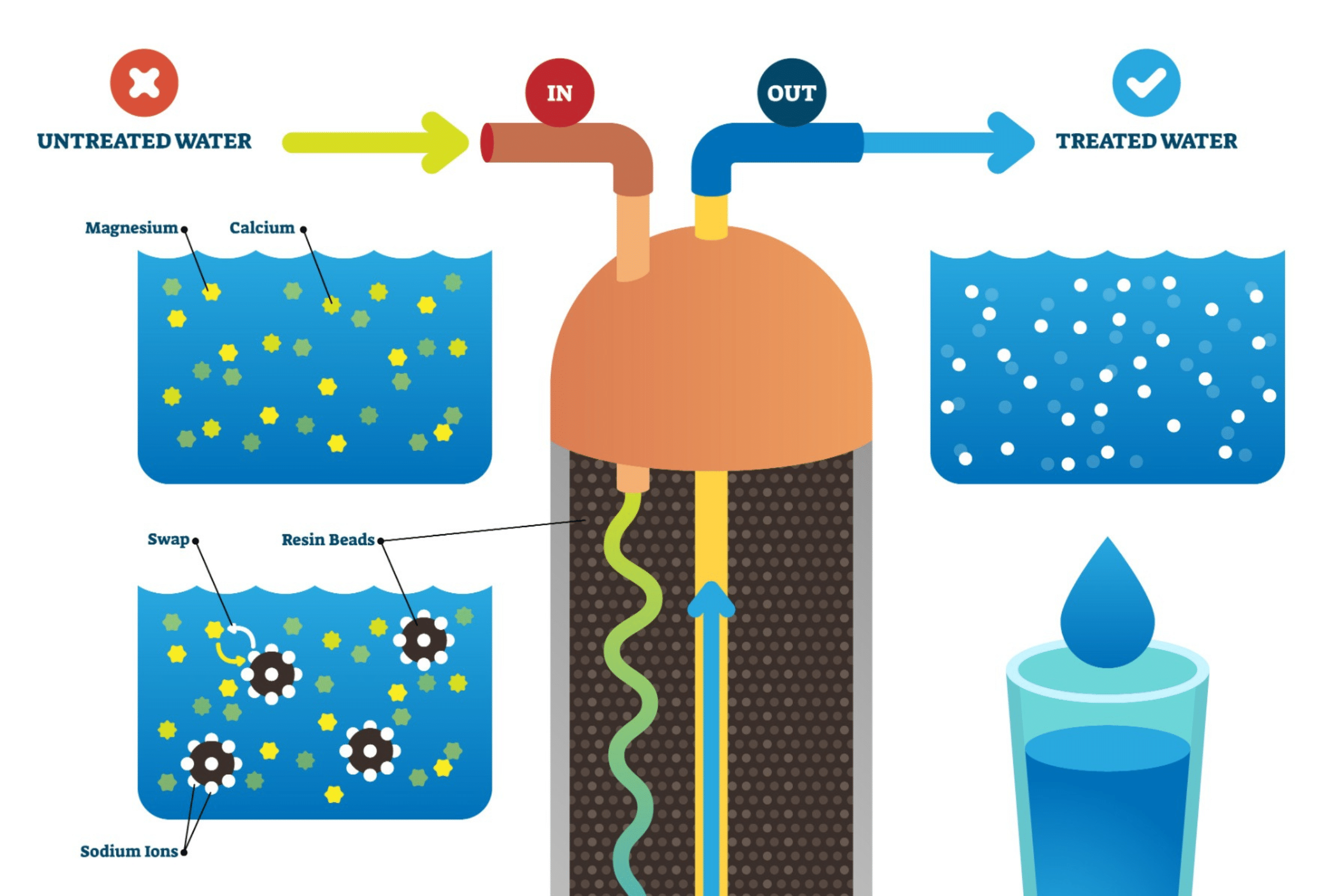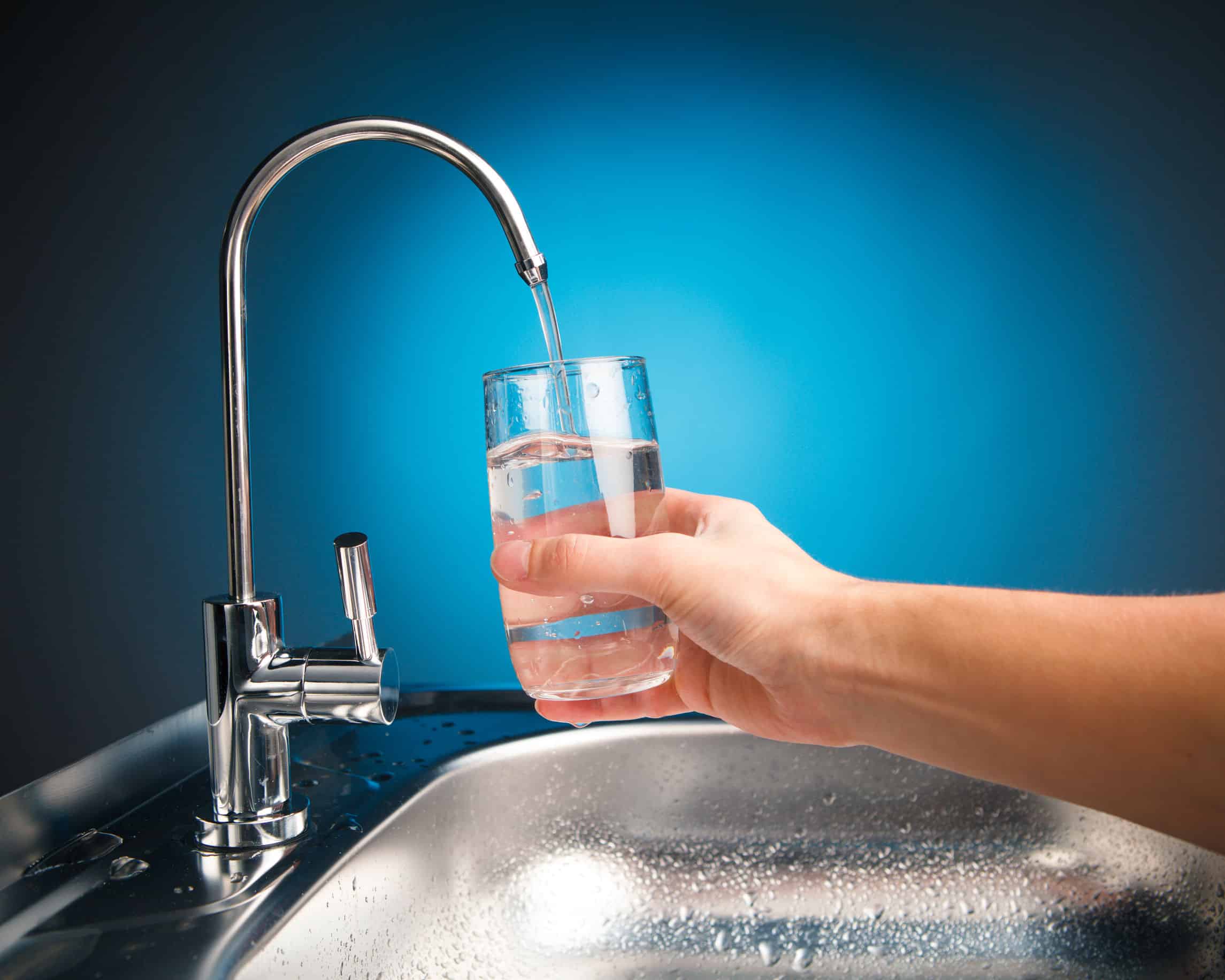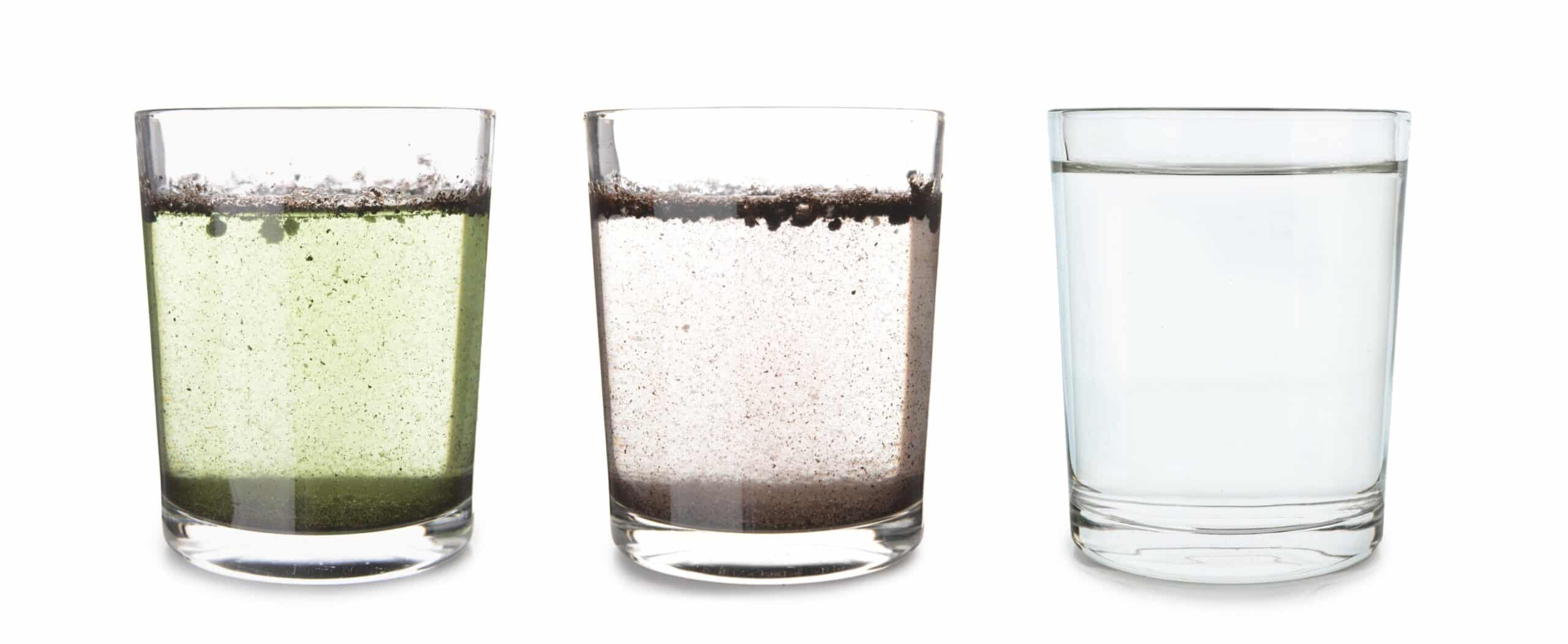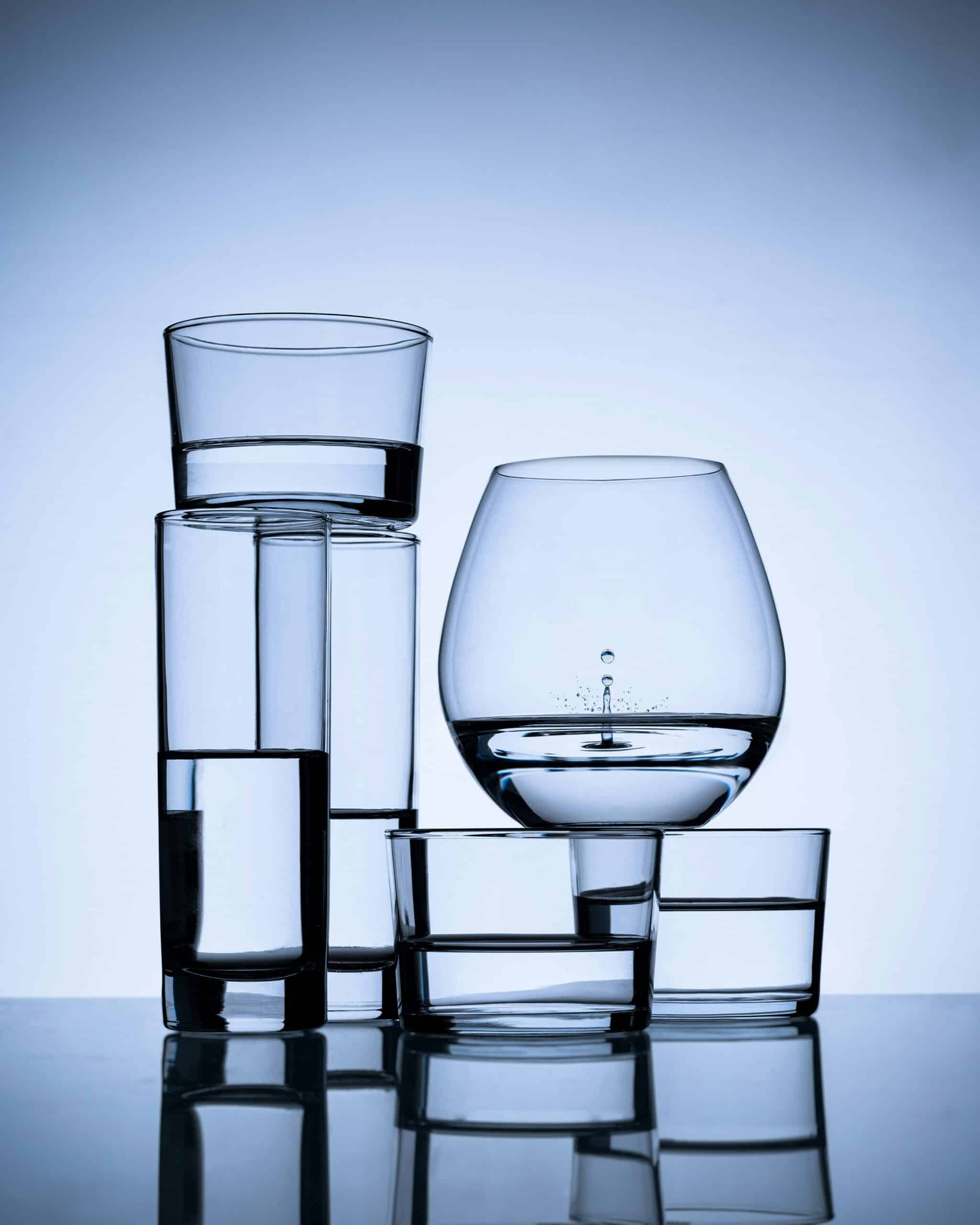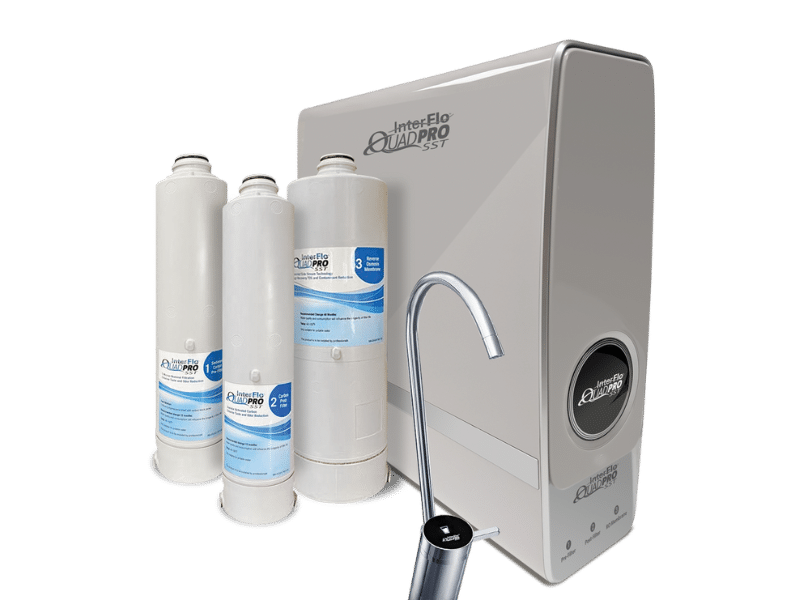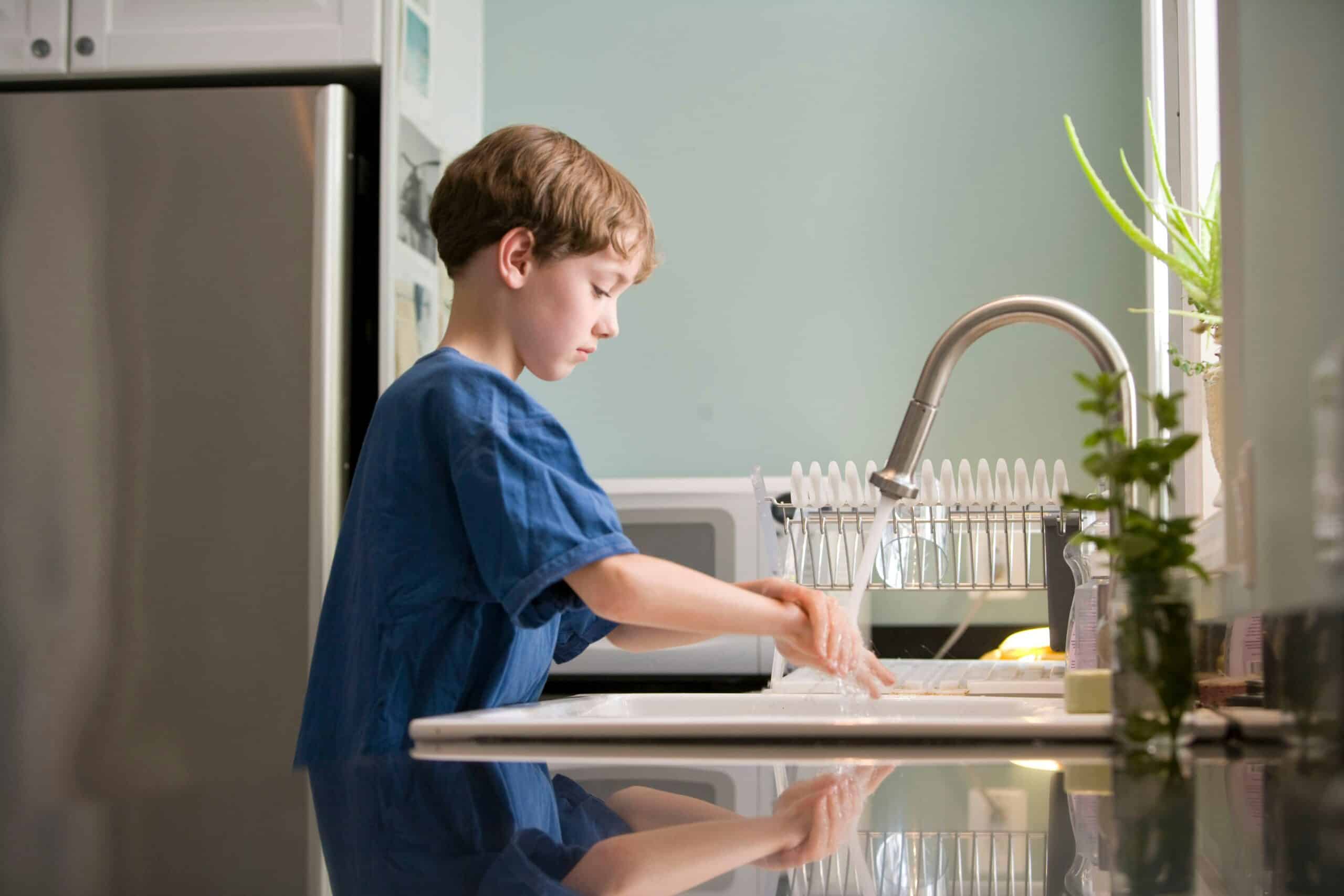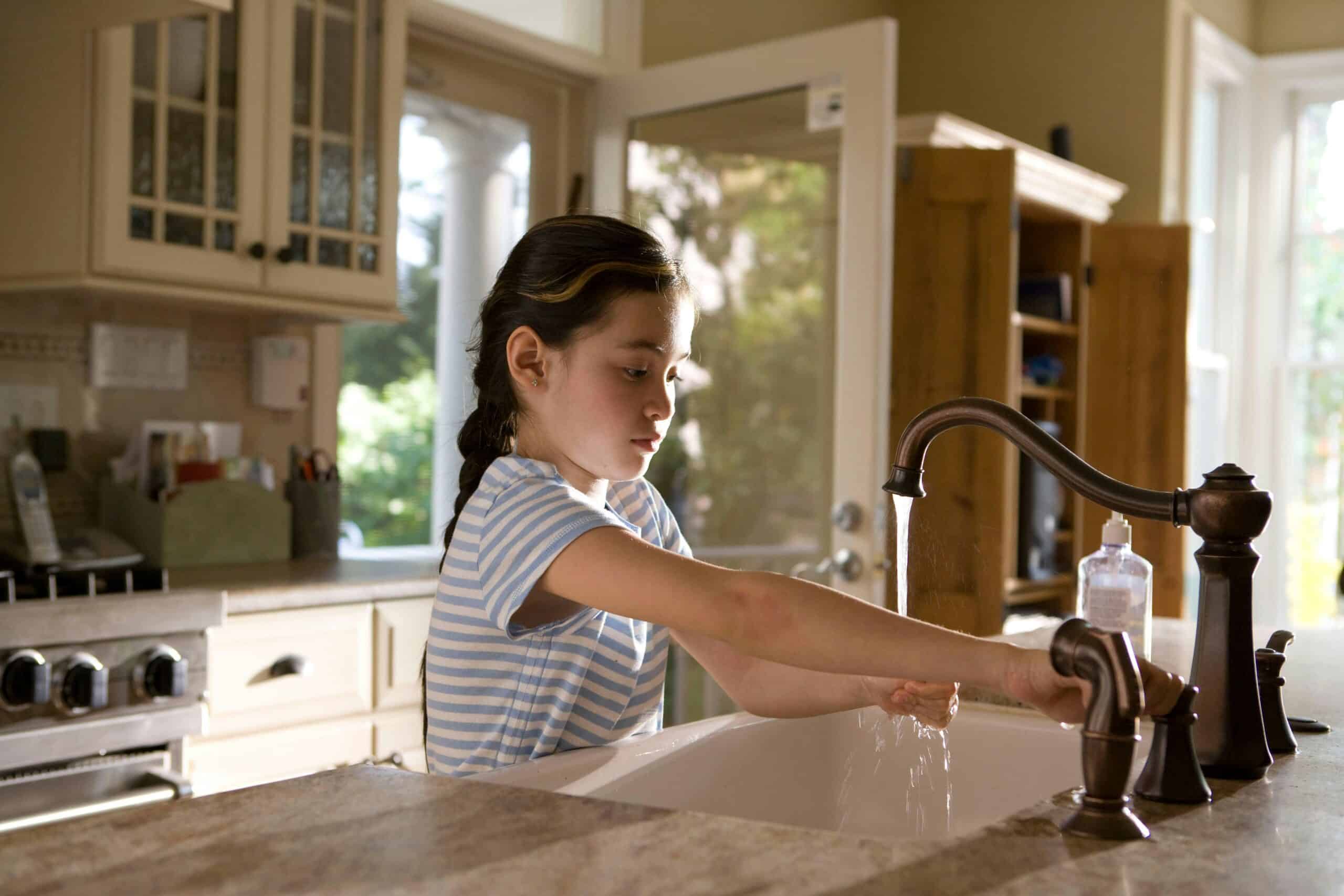Hard water got you down? Water softeners work to remove minerals that cause plumbing problems, soap scum, and stains. A properly functioning water softening system is a great way to upgrade your home and improve your quality of life. It protects your appliances, saves you money, and improves the feel of your water in daily use.
The Importance of Water Softeners
Hard water can be a silent antagonist in your home, causing a wide range of issues that impact your comfort and budget. Over time, minerals in hard water build up inside pipes, reduce water pressure, and wear down appliances faster than normal. When you have hard water, you may notice stubborn white film on your glassware, stiff laundry, or dry, itchy skin and hair.
A water softening system addresses these problems by treating your water at the source. By replacing hard minerals with softer alternatives, it improves water quality throughout your home. Cleaner dishes, softer towels, and longer-lasting appliances are just some of the benefits that come with soft water.
What Size Water Softener Do I Need?
Choosing the right size water softener is important for optimal performance. Factors to consider include household size, daily water usage, and the hardness level of your water. Undersized units may regenerate too often and waste salt and water, while oversized systems may also compromise efficiency and cost more than necessary.
At Aquanology, we can test your water, evaluate your usage, and recommend a softener that fits your needs. Our solutions are customized to provide efficient performance and long-term reliability.
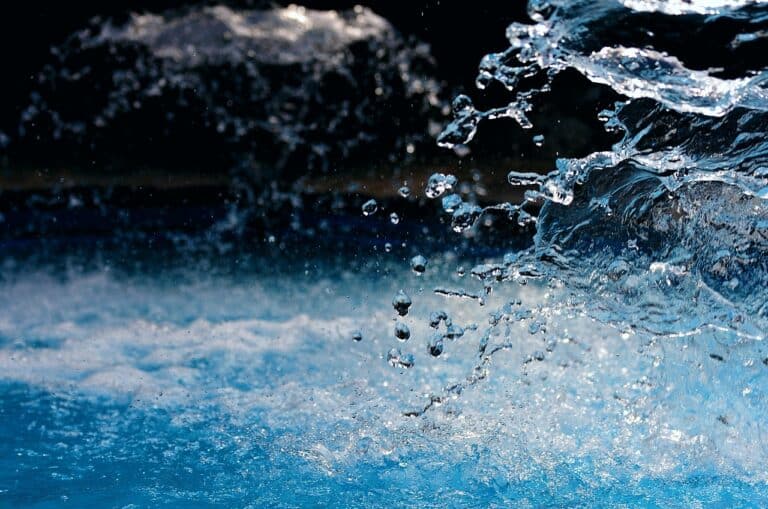
What is Hard Water?
Hard water contains elevated levels of dissolved minerals, primarily calcium and magnesium. These positively charged ions bind to surfaces and interfere with how soaps and detergents work. They also contribute to limescale buildup, making your water heater less efficient and shortening the lifespan of other appliances.
While these minerals aren’t harmful to drink, their presence in your water can cause:
- Chalky buildup on fixtures and appliances
- Dull hair and dry, itchy skin
- Stiff or discolored laundry
- Water spots on dishes and glassware
- Reduced lifespan of plumbing, fixtures, and appliances
Hard water is common in many regions, especially in areas that rely on well water. Fortunately, a water softener removes these hardness-causing minerals before they reach your faucets.

Minerals Causing Water Hardness
Calcium and magnesium are the primary culprits. When water percolates through limestone and chalk deposits underground, it picks up these positively charged minerals. Over time, they accumulate in pipes and appliances, leading to the problems many homeowners experience with hard water.
A water softening system targets these minerals directly and removes them before they can cause damage.

How Does a Water Softener Work?
Ion Exchange Process
Water softeners work using a process called ion exchange, which removes hardness ions (calcium and magnesium) from your water supply and replaces them with ions with sodium. This exchange happens inside a sealed mineral tank filled with specialized resin beads that are charged to attract and trap the hard water minerals.
As water flows through the tank:
- Calcium and magnesium ions stick to the resin beads.
- Sodium ions from sodium chloride salt are released in their place.
- The softened water, now free of hardness minerals, flows into your home.
Ion Exchange Resin and Resin Beads
The resin is made up of millions of small, plastic resin beads, each carrying an ionic charge that allows them to attract and hold onto calcium and magnesium. These beads are crucial to the water softening system and sit within the mineral tank, constantly working as water flows through.
Step-by-Step Breakdown
Hard Water Enters the System
Water from your main supply flows into the mineral tank filled with resin beads.
Ion Exchange Occurs
As the water passes through, calcium and magnesium ions are exchanged for ions with sodium, softening the water.
Soft Water Exits
The treated water leaves the system and flows into your home’s plumbing for use in bathing, cooking, cleaning, and more.
Regeneration Cycles
Over time, the resin beads become saturated with hardness minerals and need to be refreshed. This is done through a regeneration process that uses a brine solution made from sodium chloride salt.
During regeneration:
- A strong brine is drawn into the mineral tank, displacing the trapped calcium and magnesium ions.
- These are flushed out of the system and sent to the drain.
- The resin beads are recharged with fresh ions of sodium, preparing them for the next softening cycle.
Regeneration is typically scheduled on a regular schedule, either after a set amount of water has been treated or on a timed basis. Newer systems use sensors to trigger regeneration based on actual water usage, improving efficiency and saving salt.
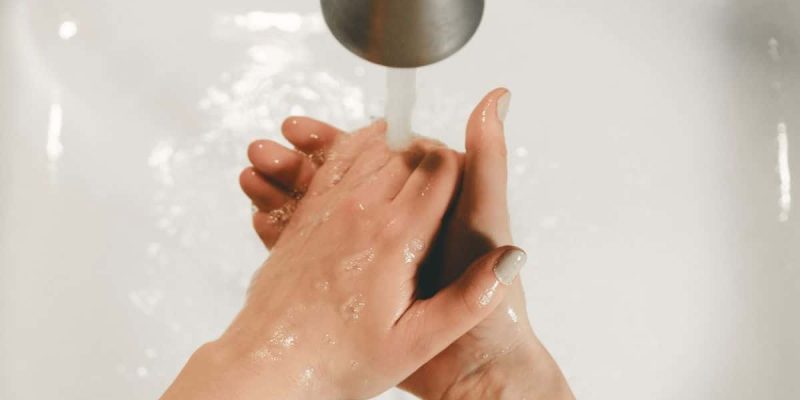
Benefits of Using a Water Softener
Improved Water Quality
Soft water allows soaps and shampoos to lather more effectively, so you’ll enjoy cleaner dishes, brighter laundry, and more efficient cleaning while using less soap and detergent.
Extended Appliance Lifespan
Appliances that use water—such as water heaters, washing machines, and dishwashers—last longer and perform better when scale and mineral buildup are prevented by a water softening system.
Healthier Skin and Hair
Without hard minerals drying you out, soft water can help your skin stay moisturized and your hair stay shiny and soft.
Environmental Impact
A well-maintained softener uses fewer resources by operating efficiently. You’ll reduce your need for cleaning chemicals and avoid excessive energy consumption caused by scale buildup in hot water systems.
Water Softener Solutions at Aquanology
Aquanology offers a variety of water softening systems tailored for different home sizes and water quality conditions. Each unit is built to last, easy to maintain, and engineered for performance.
We provide detailed comparisons of our models so you can choose the features and capacity that work best for your family. From compact systems for small homes to large-capacity softeners for larger families, we’ve got options for everyone.
Choose from features like high-efficiency digital control valves, smart monitoring, and eco-friendly regeneration settings. We make it easy to get the soft water you want on your budget and schedule.
Maintenance Tips for Water Softeners
Regular Maintenance
Keeping your system on a regular schedule is key. Check for signs of low performance or salt bridging, and make sure the system regenerates as expected.
Cleaning and Sanitizing
Running a cleaner with the salt in the softener is important for the ideal lifespan of your resin, especially if your water also has iron. Ask your water treatment specialist for the right tips for using resin cleaners.
Monitoring Salt Levels
Keep your eye on the brine tank and refill it with high-quality sodium chloride salt when levels get low. This ensures your resin beads are always ready to do their job.
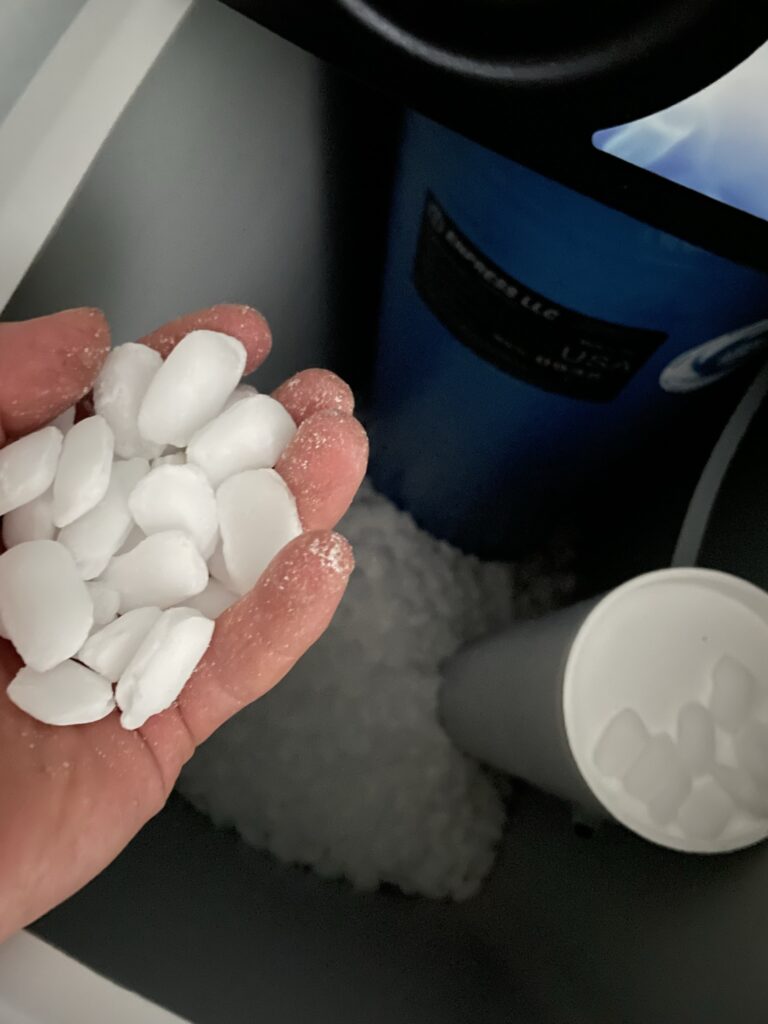
Explore Aquanology’s Solutions
Using a water softener can transform the way your home uses water, from healthier skin and shinier dishes to lower energy bills and longer-lasting appliances.
At Aquanology, we serve Eastern Rochester, Finger Lakes, and the surrounding areas with personalized water treatment solutions built to last. Whether you’re installing a new water softening system or upgrading an old one, we’re here to help.
Contact us today to learn more about water softeners and get expert recommendations.


